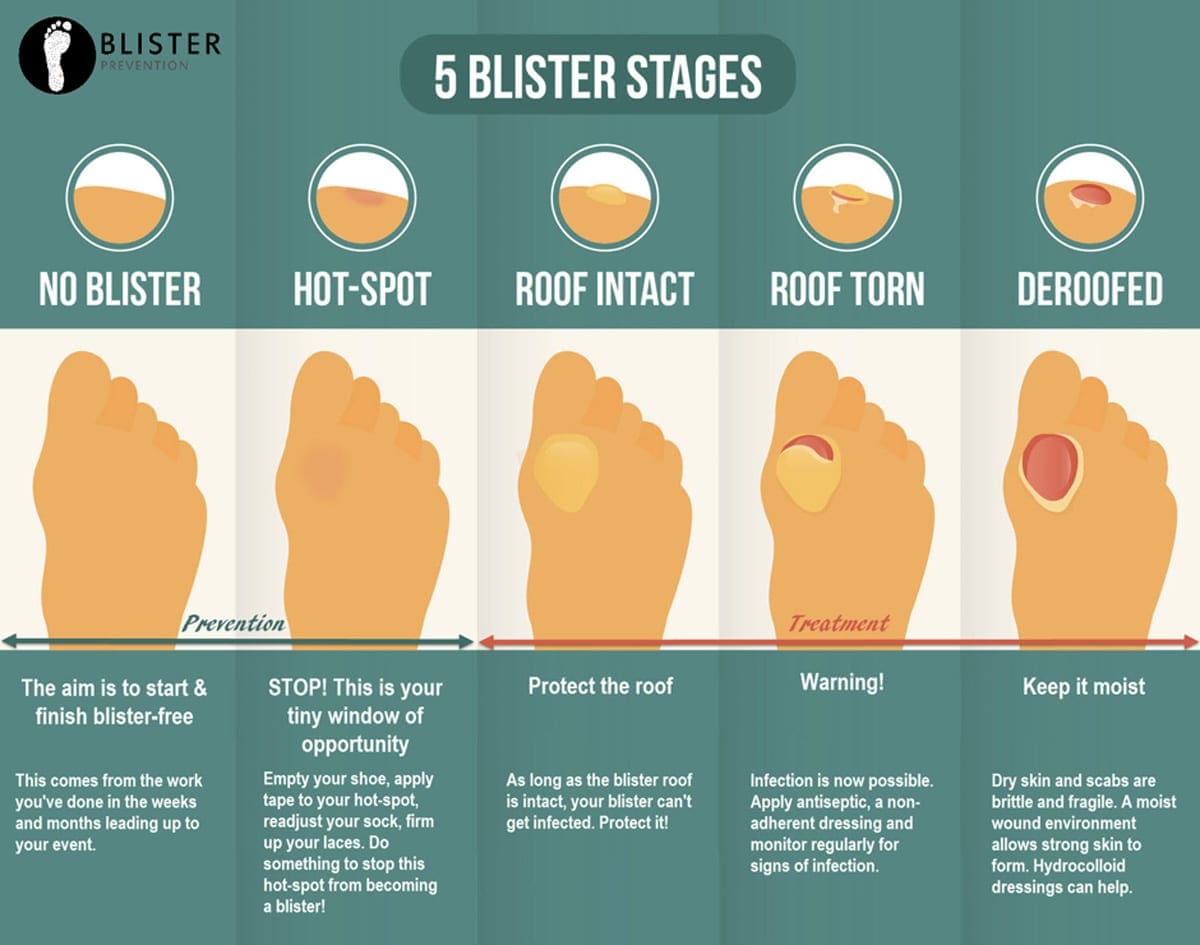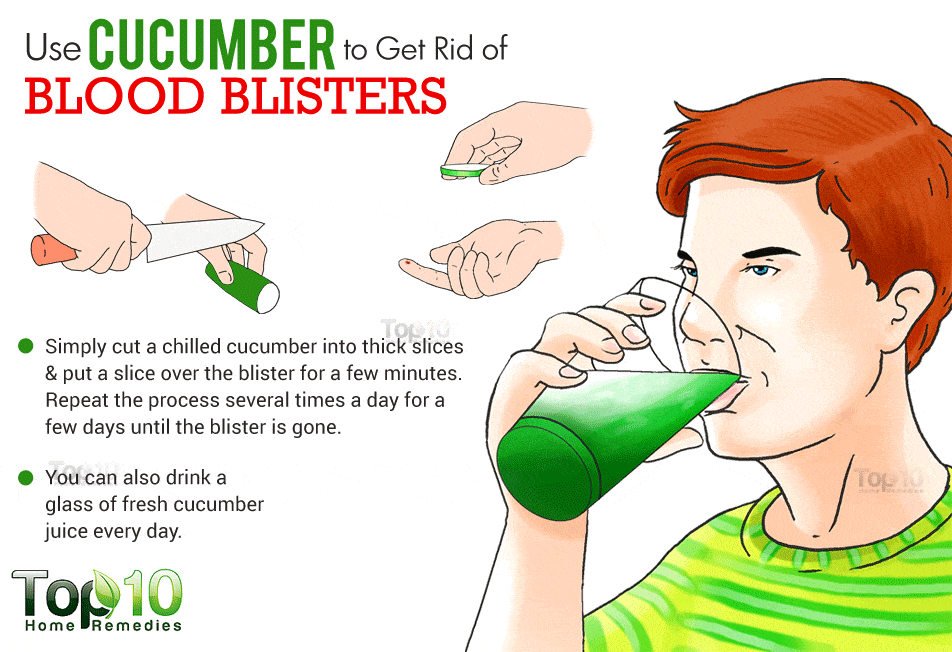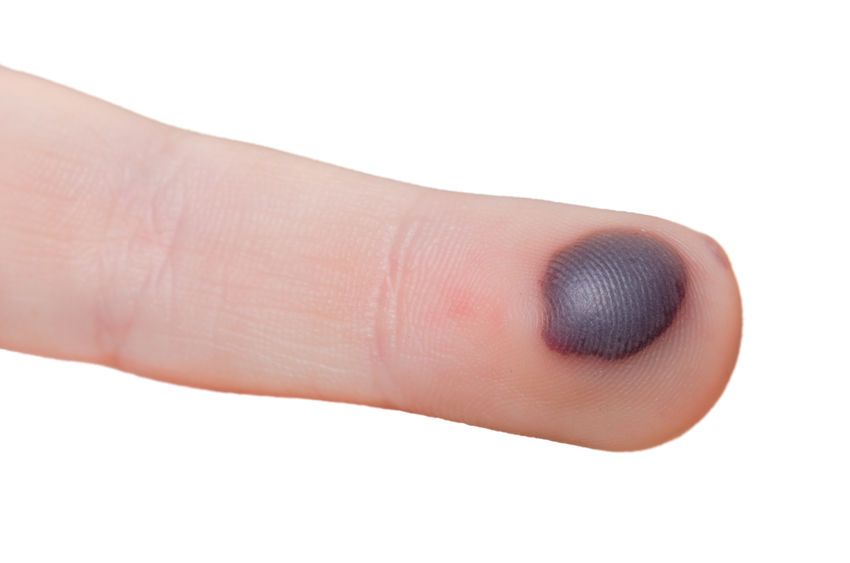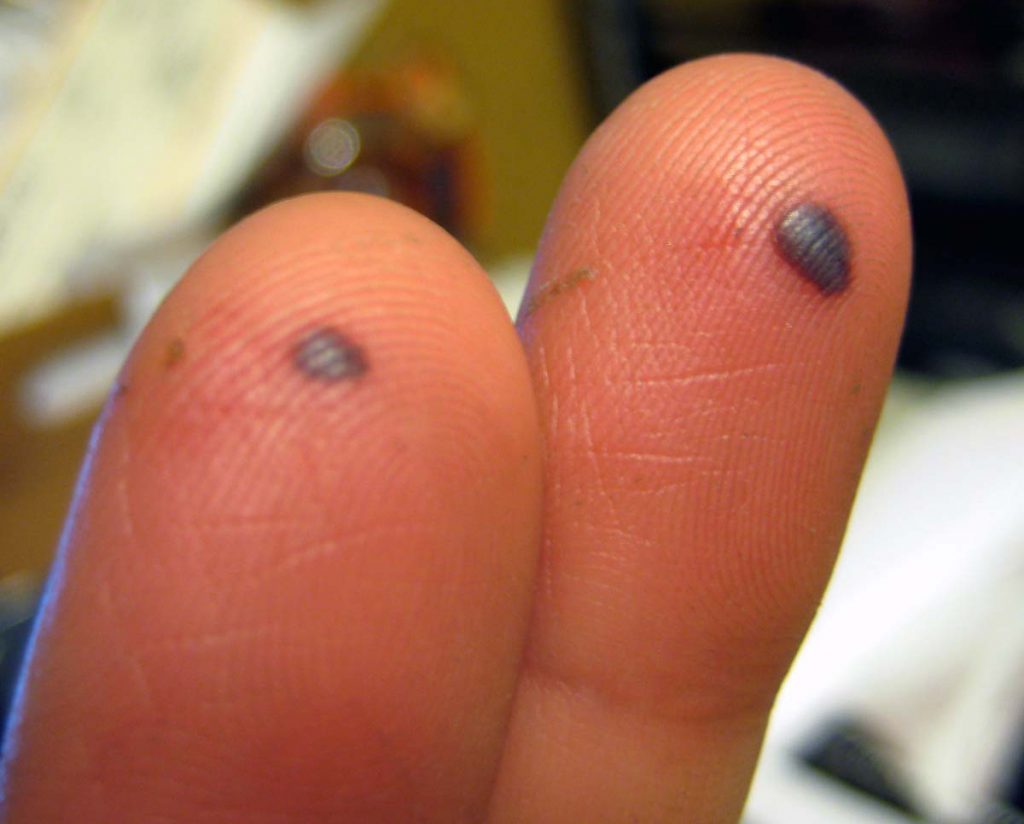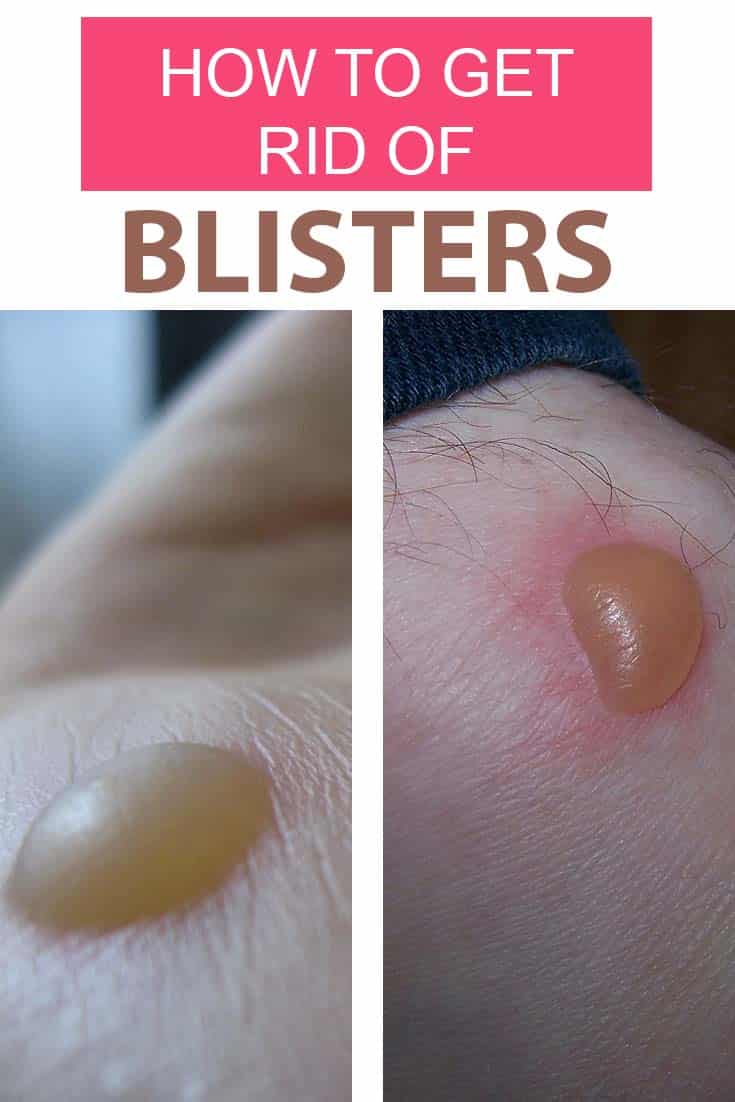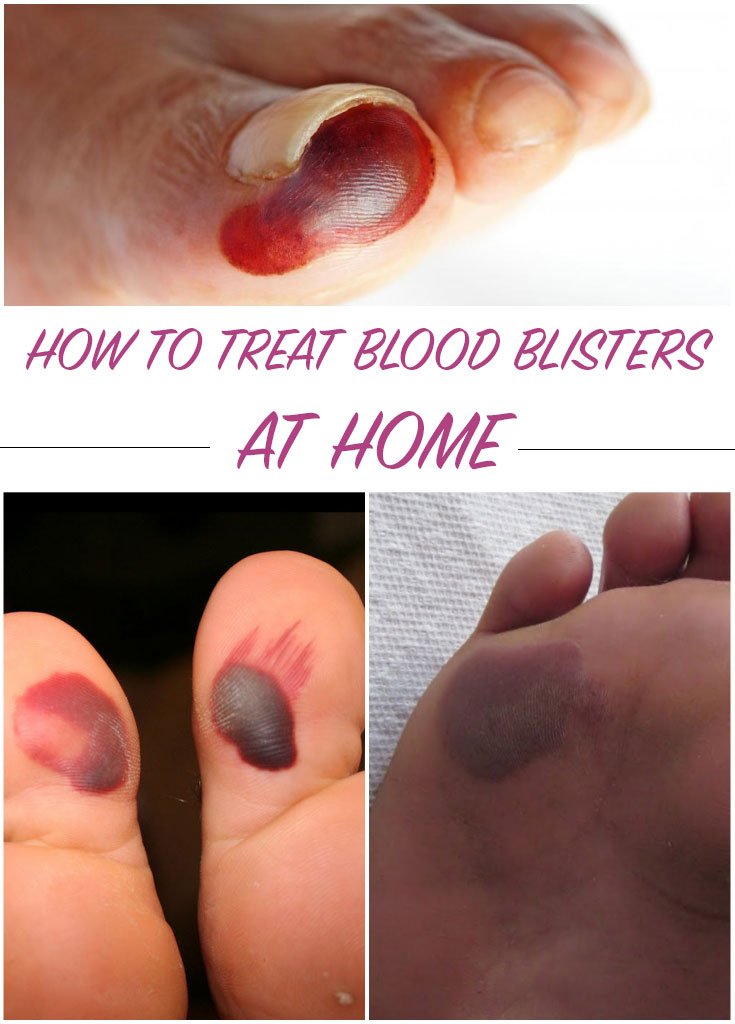Beautiful Tips About How To Cure A Blood Blister

Blood blisters should be left to heal naturally.
How to cure a blood blister. Diseases & conditions / blisters blisters a blister is a painful skin condition where fluid fills a space between layers of skin. A hydrocolloid dressing (a moist dressing) can protect the blister, help reduce pain and speed up healing. To help heal blood blisters and prevent them in the future, a person can:
If a blood blister bursts, keep the area clean and dry. A blister bandage can help seal the area around the blister to protect the skin from further damage and keep the area clean. Unbroken skin over a blister may provide a natural barrier to bacteria.
Blood blisters should be left alone so they can heal. Fortunately, blood blisters usually go away on their own, but some treatments can help speed up the healing process. They heal because new skin forms.
They form when something — like too. First aid by mayo clinic staff if a blister isn't too painful, try to keep it intact. Use a blister bandage:
Healthcare providers recommend you do. Blisters may be painful or itchy. Prevention strategies preventing blood blisters involves adopting proactive measures to minimize friction and pressure on the feet.
First aid blisters: Some causes include trauma, food allergies, and having a low. Leave it uncovered or cover loosely with a bandage.
The size of these blisters ranges from tiny up to 1 inch or more in. Blood blisters and friction blisters usually heal after one or two weeks. Choose footwear that fits well and provides.
Change the bandage once a day or whenever it gets wet or dirty, and remove at night to let the area. Use a mild soap and warm water to wash your hands before touching the blister site. Find a pharmacy check if you have a blister.
Apply a thin layer of petroleum jelly and cover it with a nonstick bandage. Try not to put pressure on the area. Fever blisters, also called cold sores, are red.
Blood blisters in the mouth can become uncomfortable. Blisters usually heal on their own, but you do want to avoid infection and minimize pressure on the blister to avoid pain. Again, you should only pop a blood blister if you can’t avoid using the affected area.
